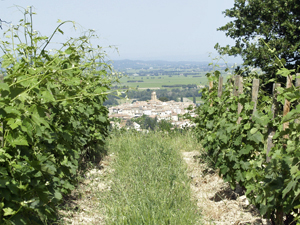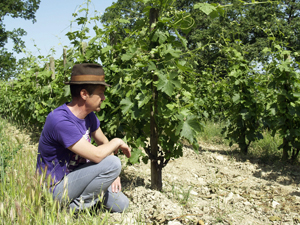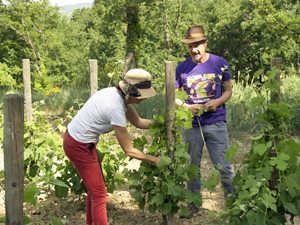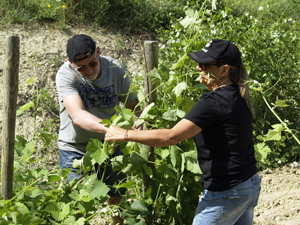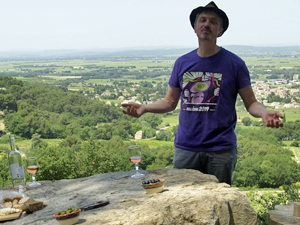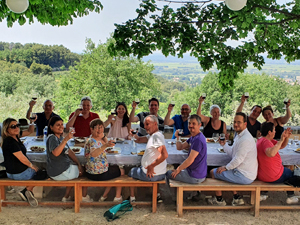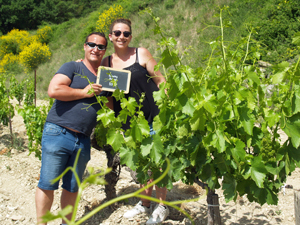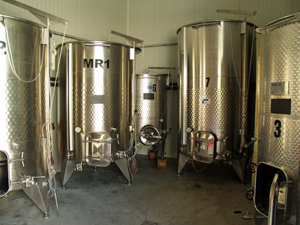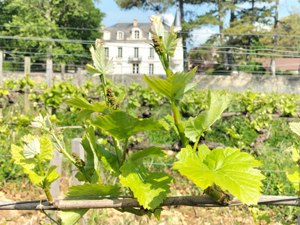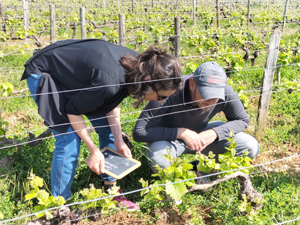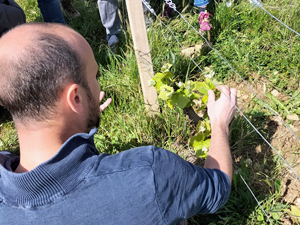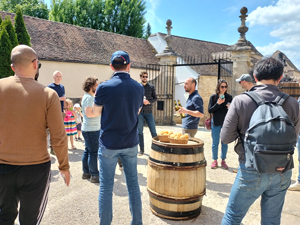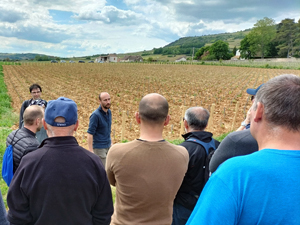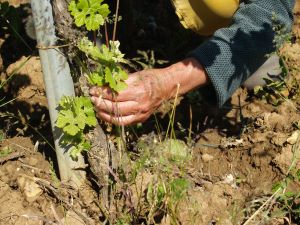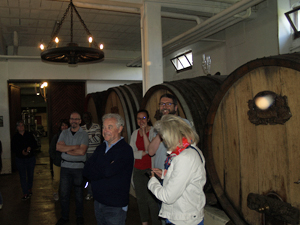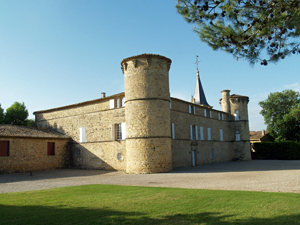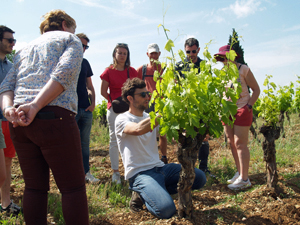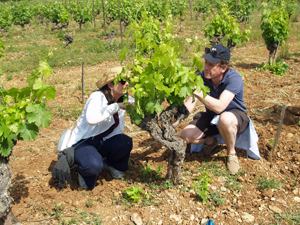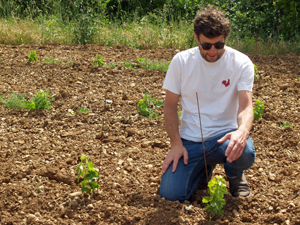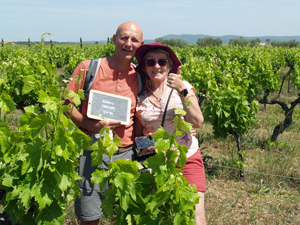We met up at Château Coutet in Saint-Emilion for a Gourmet Odyssey Discovery Experience Day. The aim of the day was to learn about the winemaker’s work in the vineyard to produce the best possible grapes.
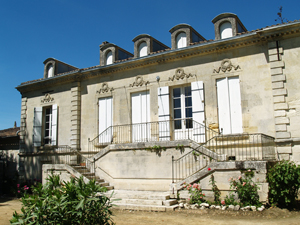
Alain, the owner and winemaker, welcomed us with a coffee and some pastries. Alain is the 13th generation of winemaker at Château Coutet, his family’s history there starting some 400 years ago. He is now proud to work alongside his son and nephew who have joined him in running the winery.
We started with a walk through the different terroir that make up the winery to better understand this prestigious Bordeaux wine, and the different grape varietals that are grown on the estate.
At the top of the hill that looks down over the Dordogne Valley, we stopped to take in the magnificent view and then learnt about the winemaker’s work in the vineyard during winter to prune the vines. It’s a fascinating job, but also very complex as we were to learn.
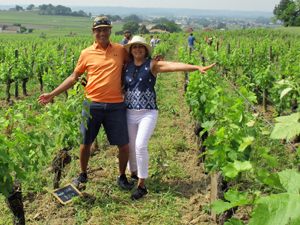
The plot of Gourmet Odyssey adopted vines was located nearby, on Saint-Emilion’s limestone plateau, rubbing shoulders with some of the most prestigious names. We each found our micro-plot of vines, thanks to a slate nameplate that had been placed in front of them. We all took some photos of this magnificent setting, and some came up with original ideas for the “My Vine” photo competition organised by Gourmet Odyssey in the hope of winning a magnum of wine!
It was now time to get down to some work. The task of the day was to raise the training wires, trapping the branches between them in the process. This ensures that the tractor can continue to pass freely through the vineyard to treat the vines and protect them from mildew and odium. It’s quite an easy job, but the intense heat made us aware of how the weather can have a big impact on the winemaker’s work.
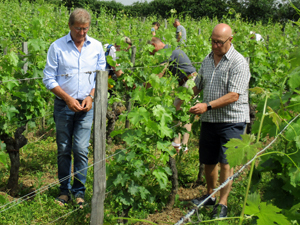
The Claret de Coutet wine was welcome refreshment back at the winery after our efforts in the vineyard. We then sat down to lunch and continued to taste different wines. The winery’s second wine, the 2019 Château Belles-Cimes gave us an introduction into the more classic Saint-Emilion red wines. It’s made using the young vines and is less fruity and less tannic than the longer 2019 Château Coutet that we tasted afterwards. We ended the tasting with the magnificent 2018 Demoiselles that is a truly great wine that will further improve with age.
After the delicious lunch, we regrouped in the shade of the old oak tree to listen to Alain talk about the benefits and challenges of cultivating the vines organically. He also explained the work still to do in the vineyard before the harvest, at which time we will return for the Harvest Experience Days.
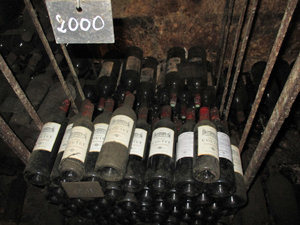
We ended the day with a visit of the cellar which is one of the more rustic ones to be found in Saint-Emilion, and a tour of the family cellar that stores the old vintage bottles from the winery, the oldest of which dates back to 1945!
Many thanks to Alain for his good humour and his explanations of the vineyard, family, and his daily life of being a winemaker.



